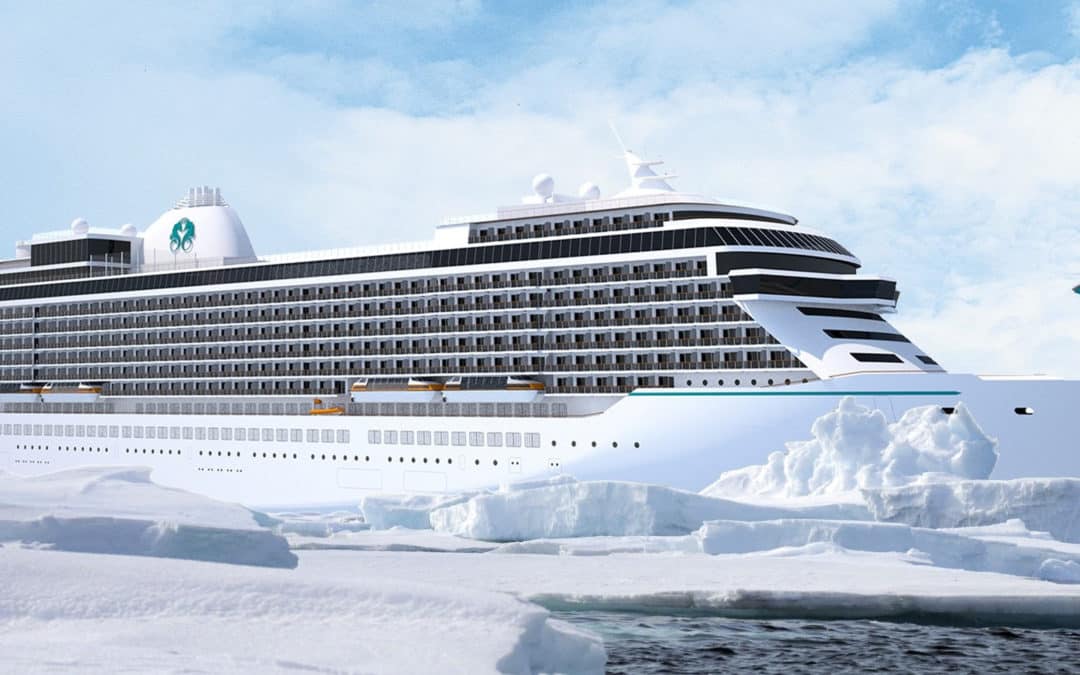With the IMO Ballast Water Management (BWM) Convention taking effect in September, customer interest in ballast water treatment systems and in Alfa Laval PureBallast has been growing. Of particular note is interest in PureBallast systems with high flow capacities.
While interest for high flow PureBallast systems has increased, Alfa Laval is prepared to support vessels with these needs. The IMO and U.S. Coast Guard (USCG) type-approved PureBallast 3.1 features a unique single-filter solution, which enables higher capacities – up to 6000 m3/h – with a small footprint. Alfa Laval has recently signed a deal to supply two LNG carriers, Korean newbuilds, with installations comprised of two parallel 3000 m3/h systems.
“Traditionally, many have operated under the assumption that high flows require chemical treatment systems,” notes Kristina Effler, Global Business Manager for Alfa Laval PureBallast. “But today, more ship owners and operators are seeing the benefits of PureBallast’s enhanced UV disinfection technology, which can handle a much broader range of flows than other UV systems.”
The benefits include reduced installation costs and a lower OPEX, meaning substantial savings over vessel life cycle. In addition, Alfa Laval PureBallast has a decade-long record of ensuring compliance that is unmatched by any chemical disinfection system.
Expert resources for new customers
“The high interest in Alfa Laval PureBallast provides clear evidence of growth in the retrofit market, and there are many reasons this is happening right now,” says Anders Lindmark, Head of Alfa Laval PureBallast, Alfa Laval Marine Division. “We have received lots of interest directly tied to our recent USCG type approval, and we’re also seeing greater numbers of ship owners preparing for the IMO convention.”
For ship owners who put off selecting a ballast water treatment system during the lengthy ratification process for the BWM Convention, the global requirements taking effect in September leave little time to make a decision.
“Alfa Laval is well prepared to guide customers who are only now entering the market,” says Lindmark. “We’ve developed a wealth of knowledge in more than a decade of experience with ballast water treatment, and we’re providing resources to help ship owners understand their options.” Those resources include a new white paper on ballast water management, as well as a comprehensive book that explores the legal, technical and business implications of different compliance alternatives.

